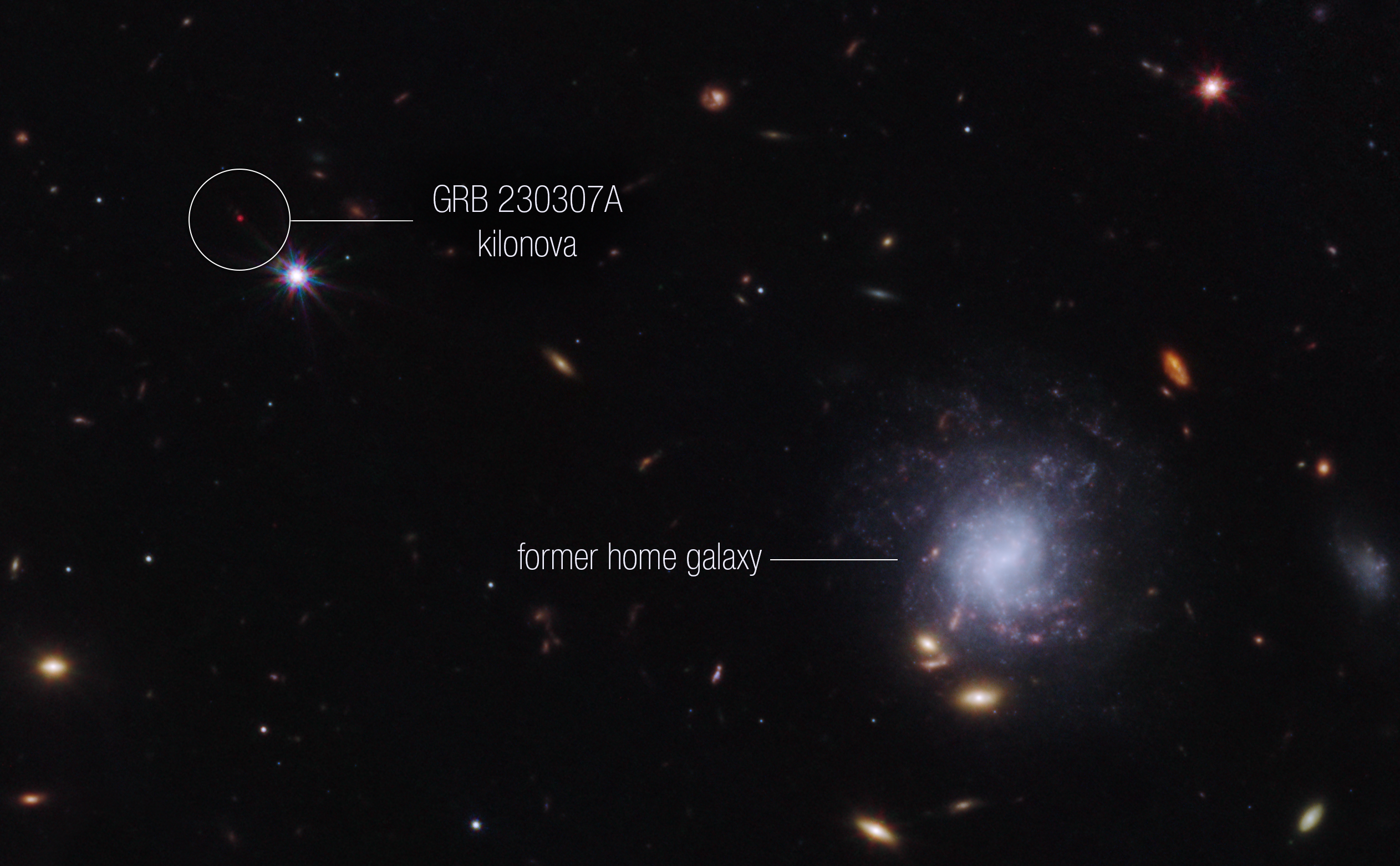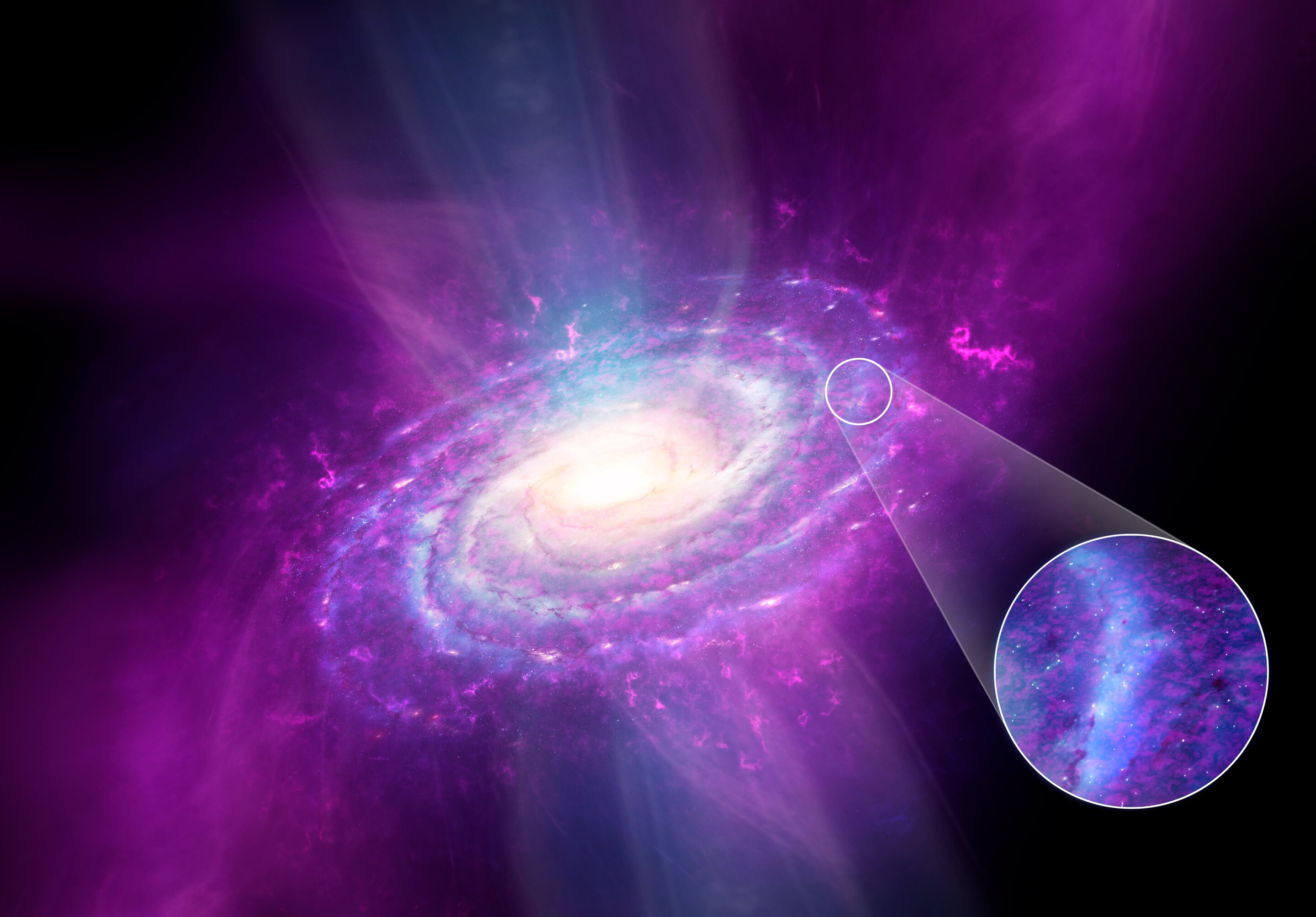
Scientists have observed the creation of rare chemical elements in the second-brightest gamma-ray burst ever seen — casting new light on how heavy elements are made.
Researchers examined the exceptionally bright gamma-ray burst GRB 230307A, which was caused by a neutron star merger. The explosion was observed using an array of ground and space-based telescopes, including NASA’s James Webb Space Telescope, Fermi Gamma-ray Space Telescope, and Neil Gehrels Swift Observatory.
Publishing their findings today in Nature(25 Oct), the international research team which included experts from the Univ...
Read More






Recent Comments